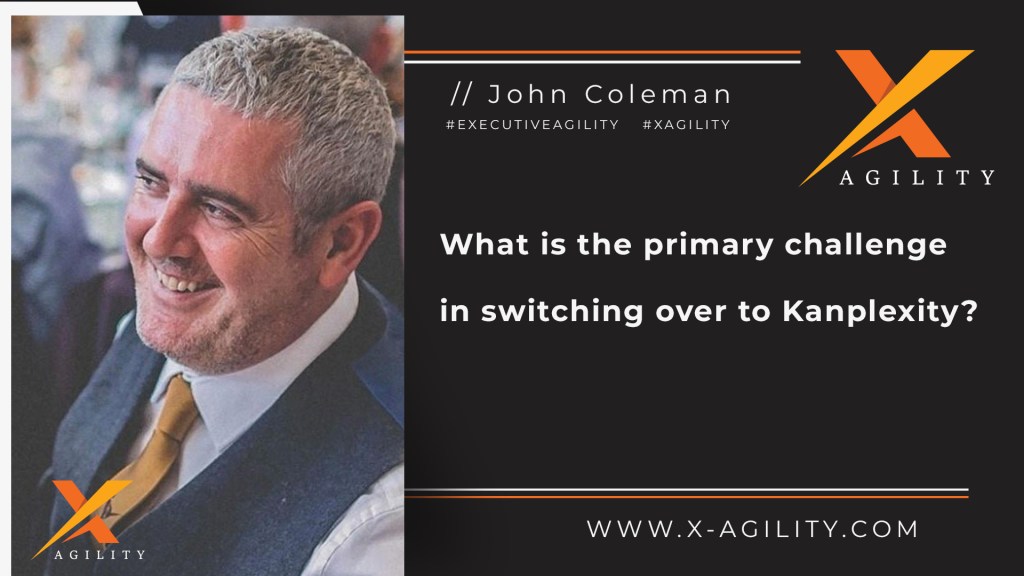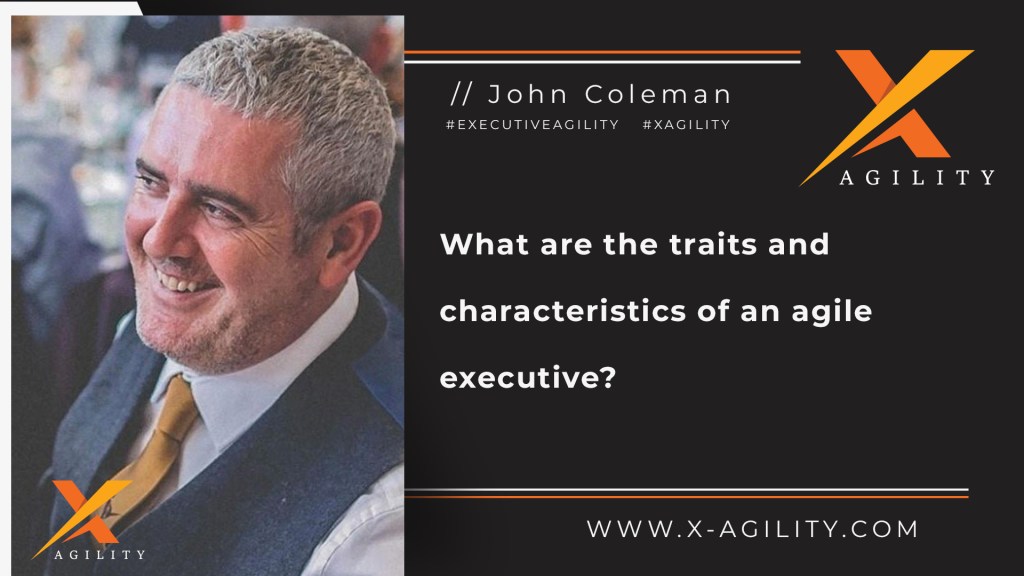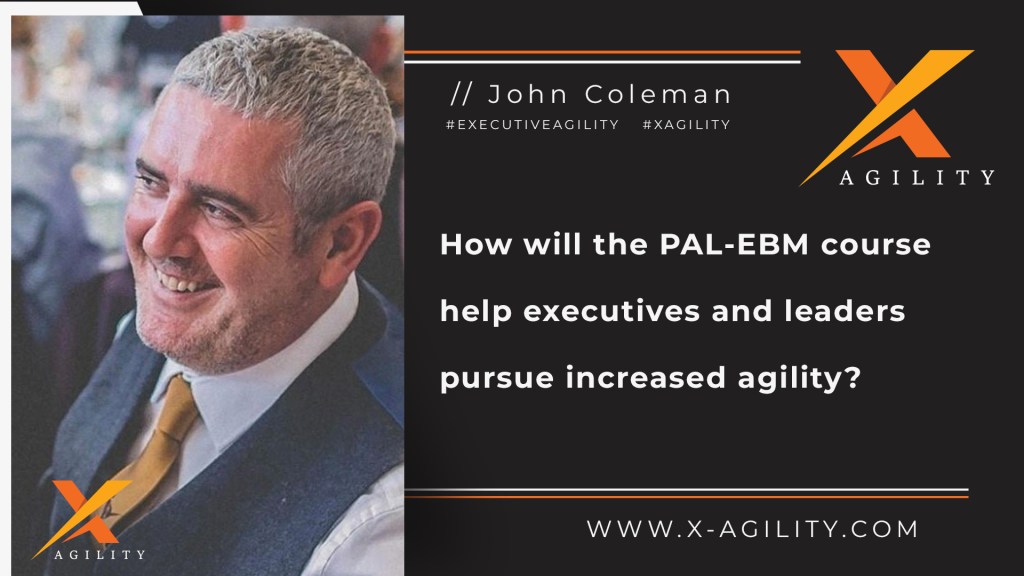How is agile training different from project management training?
Projects tend to have a short to medium term view. There are projects, such as going to Mars, that will take years to complete, but for the most part they are shorter than 18 months.
If you have problems within your organization that are preventing the team from progressing, there doesn’t tend to be an appetite to solve those problems because the project team is going to break up in 18 months and they don’t have much time to accomplish the outcomes necessary.
They simply don’t have the time to solve problems.
Developing and sustaining great teams.
In terms of building an effective team, they need to move through the Tuckman phases:
- Forming
- Storming
- Norming
- Performing
- Adjourning
It takes time to move through each phase, and it takes time to progress effectively through each stage to become a high-performing team rather than just a group of people brought together to work on a problem or build a solution.
So, although the team have approximately 18 months to build the solution, they don’t hit the ground running because it takes time for them to form as a team and increase their performance, which puts even more pressure on the team to deliver a solution in a limited space of time.
Finally, there is the change curve.
A team doesn’t start working on a project and progressively get better with each day. Sometimes, the performance actually dips because they are being brought together for the first time or there is a negative reaction to the abrupt change and intense pressure associated with the project.
The challenges of project management.
These three factors, compounded by the guesswork involved around how long the project will take, means that traditional project management faces several hurdles before it can be effective.
This leads to a lack of balance between the short-term and long-term focus of the organization.
The team are not necessarily doing the most valuable work, in the most valuable way, in a way that creates and captures value for both customers and the organization. It’s a trade-off, from day one, and doesn’t lead to continuous improvement and effectiveness.
Agile
Agile tends to do a great job at balancing the short-term with the long-term.
We can focus on milking the metaphorical cow that we have right now – in the form of a product or series of products – but we are also thinking about future opportunities and developing organizational capabilities to rapidly and effectively respond to opportunities and threats.
A focus on value rather than time and scope.
A project tends to have a strong business case at the start, but rapidly pivots to focus on time, budget and scope. The focus shifts from doing the most valuable work, in the most valuable way, to delivering a series of outcomes in alignment with cost and time projections made at the start.
Agile, by contrast, is a continuous focus on value creation and continuous improvement in organizational capabilities and effectiveness. We are focused on creating the most valuable solution for the customer and moving through a series of priorities to ensure that our customers receive continuous value, in alignment with organizational goals and objectives.
There are great project managers in the world, and I used to be one of those project managers, so I can tell you that the shift from business case to project delivery happens more often than not. It isn’t that they aren’t trying to realise the business case, it is simply that the system and framework doesn’t focus on business case, it focuses on time and cost.
Working on the most valuable items.
Agile allows us to continuously reflect on the work we are doing, ascertain whether it is still the most valuable work to be doing, and respond to any shifts in customer, market, or organizational change. It also allows us to identify whether what we have learned indicates that we could be doing something far more valuable than we originally set out to do.
The Pareto Principle (80/20 rule) often comes into play and demonstrates that we can achieve 80% of the value by completing 20% of the work. In project management, we would simply proceed with the project plan regardless, but Agile encourages us to work with the customer to decide whether we are going to go through the motions or redirect our efforts to capture even greater value than what was originally discussed at the start of the engagement.
Focus and Finish
Agile also encourages us to focus and finish.
We have prioritized the items to be developed and we focus on finishing that item, handing it over to the customer in the form of a working product or feature, before we begin the next work item.
In project management, they would need to wait until the end of the project to capture value or use the product. It may be too late. It may not solve the problem they wanted it to solve. It may no longer create value.
The customer can’t inform change, make recommendations based on the use case, nor help to cocreate a great outcome. They play a passive role in development from start to finish.
Navigating Complexity.
Complexity is, in my opinion, the business case for Agility.
If you don’t know the answer upfront, and can’t know the answer upfront, you need to focus on discovering the best answers and you need a framework to help you continuously inspect what you are doing and adapt based on the data and evidence.
If you build something fast, allow the customer to use and review that product, they can tell you whether it serves a purpose and creates value or whether you need to go back to the drawing board. If it does work, the feedback can inform what you attempt next and ensure that you are always working on the most valuable product or service.
It also allows you to discover whether you should abandon an item because it is no longer fit for purpose. It may have been a good idea but in practice, it doesn’t create value, so simply abandon that item and reassess what is important and how that creates value.
We know that things happen.
Brexit. Russia versus Ukraine. Disruption from competitors we didn’t even know we had.
Agile is about responding to disruption or change, and pivoting to the most valuable solution in the context of that change or disruption. Sure, we wanted to do this over the next 3 years, but competitor activity means we need to respond to X and do so in the next 3 months.
So, Agile is about being more creative and collaborative. To cocreate and collaborate with our customers in pursuit of excellence and effectiveness.
In a nutshell, these are the major differences between project management and agile.
About John Coleman
https://linktr.ee/johncolemanxagility – social and podcast links
https://linkpop.com/orderlydisruption – order training from right here
If you are interested in helping your team or organization achieve greater agility and want to explore agile training options, visit our training page.
If you value coaching and would like to work with a deeply experienced agile and executive coaching specialist, visit our coaching page.
If you are looking for an agile consultant that can help your leadership team identify an appropriate roadmap to organizational agility and take the most effective course of action in your agile transformation, visit our consulting page.
#agile #leadership #agileleadership #certifiedagileleadership #professionalagileleadership #psm #psm2 #scrum #scrumorg #xagility #executiveagility #xagility





